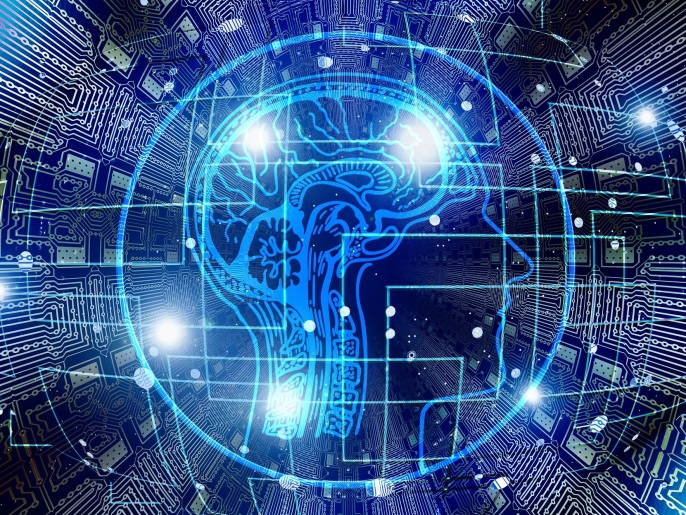People have spied on each other throughout human history, and to find out what other people are doing or planning to do, people have watched and eavesdropped using tools and technologies that have constantly evolved, but which have not replaced humans.
According to a report by writer Anthony Finchy published by Foreign Affairs, artificial intelligence is working to change all that. By collecting these secrets, analyzing and disseminating them will be fundamentally different.
The military realized the occurrence of this radical change, and some called the rise of artificial intelligence systems and their ability to control weapons as a "revolution in military affairs," which was also reflected in the intelligence used in the intelligence services, where they called it a "revolution in intelligence affairs", which is known for short. With RIA.
Through this expected revolution, machines will become more than just tools for gathering and analyzing information. Rather, they will become consumers of intelligence, decision makers, and targets for other automated intelligence operations.
Although the political, social, economic and military relations of human beings will remain a preoccupation for these machines, the intelligence that will analyze this information will work with speed, momentum and complexity that exceeds human intelligence.
The emergence of machine intelligence
The origins of the intelligence revolution go back to the twentieth century, when new technologies - such as telecommunications, computing, and artificial intelligence technologies - led a new stage in the intelligence world.
Humans have remained in control of intelligence intelligence, but instead of seeing with their eyes, listening with their ears, analyzing and predicting their minds, they have relied on increasingly powerful sensors and computing tools to enhance their capabilities.
Over the past 20 years this trend has accelerated, leading to an exponential increase in the amount of data available to intelligence agencies and military and commercial sensors, from robots to networks to drones to small satellites in space, which now collect more information than humans can understand on their own. .
The National Intelligence Agency predicted in 2017 that the data that would have to be analyzed would increase 1 million times within 5 years.
Having so much data so fast has led to a fierce competition to understand everything, a dilemma that in turn has led to the adoption of automation, big data analytics, and artificial intelligence.
The tremendous coping pressure is because countries whose intelligence agencies can quickly process massive amounts of complex data will have an advantage over those that cannot.
And it will be even more revolutionary when autonomous intelligence systems turn into intelligence targets, that is, when machines begin to spy on and deceive other machines.
The future scenario may include an artificial intelligence system that is tasked with analyzing a specific question, such as whether the opponent is preparing for war, and the second system - which is managed by the opponent - may intentionally inject data into the first system in order to weaken its analysis, and the first system may realize the trick and calculate the fraudulent data As if he does not act, thus deceiving the second system.
This kind of espionage and counter-espionage operations have always been part of the intelligence among intelligence men, but it will soon happen between fully independent systems, and in such a closed information circuit, espionage and counter-intelligence can take place without human intervention.
Machines have become the primary collector, analyst, and consumer, and they are at the same time intelligence targets (communication sites).
Adaptation of community intelligence
Since machines have become the primary collectors, analysts, and consumers, and at the same time they are intelligence targets, the entire US intelligence community needs to evolve, the writer says.
This development must begin with massive investments in AI and AI-powered espionage technology, as well as changes in processes that enable agencies to process massive amounts of data and direct intelligence to autonomous machines.
As well as geospatial intelligence, as with the spread of satellites and other sensors, everything on the ground is being monitored at almost all times from the top, and to keep up with all this data, geospatial intelligence - such as the intelligence of signals - will need to radically enhance the capabilities of artificial intelligence.
The US intelligence community is currently divided into different functions that combine and analyze separate types of intelligence, such as signals or geospatial intelligence.
In the new revolution, the division between civilian and military intelligence is expected to fade away, because civilian infrastructure - such as telecommunications systems - will be valuable to military objectives, just like military communications systems. Given this fact, separating intelligence departments may impede intelligence operations instead of Help her.
At the same time as the US intelligence community evolves to embrace the intelligence revolution, it will need to limit its adversaries ’ability to do the same, perhaps by slowing and stopping their ability to master machine-driven intelligence operations.

